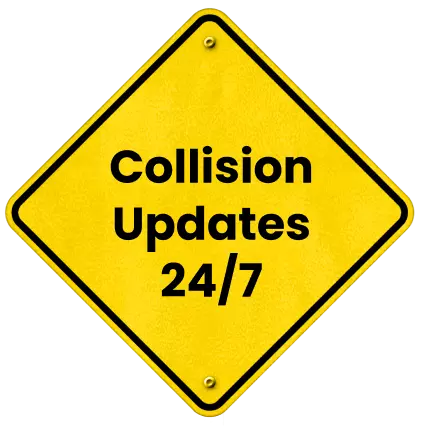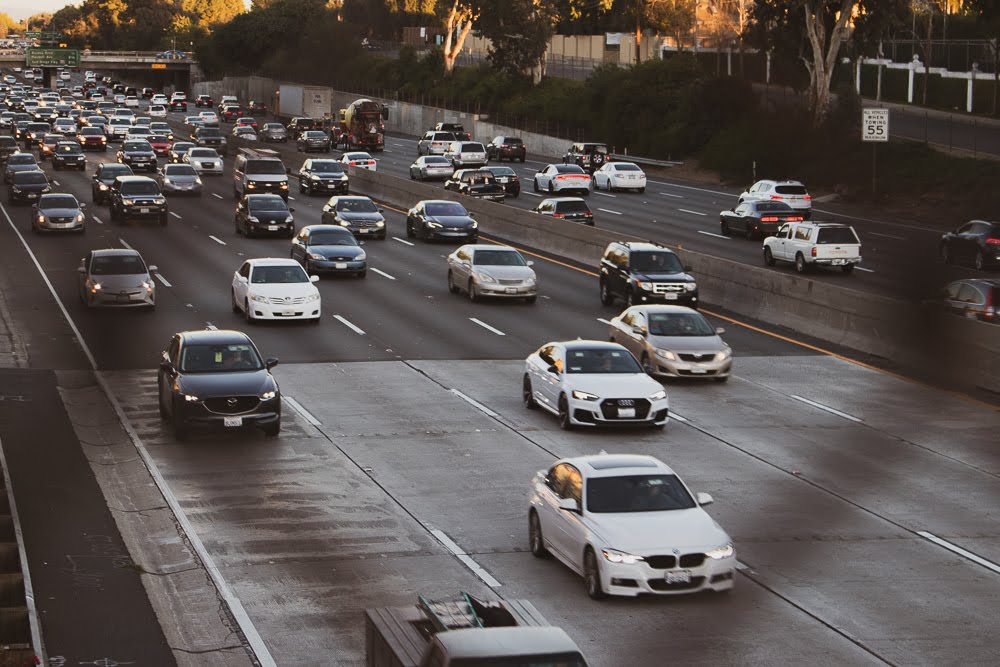
Tire Blowouts on I-5: Who Pays for the Damage?


Tire blowouts are among the most dangerous and unpredictable events that can occur on major interstates, especially on the heavily trafficked Interstate 5 corridor that stretches from California to Washington. With its mix of hot weather, steep grades, and constant commercial traffic, I-5 is a prime setting for tire-related accidents involving both passenger and commercial vehicles.
When a tire suddenly bursts at highway speed, debris can scatter across multiple lanes, leading to collisions, rollovers, and serious injuries. Understanding how and why these blowouts happen, and who may be legally responsible, is key to determining liability and seeking compensation after a crash.
Why Tire Blowouts Happen on I-5
Tire failures rarely occur without warning. They usually result from a combination of heat, pressure, and poor maintenance. In the case of commercial trucks, federal inspection standards require that every tire be regularly checked for tread wear, inflation, and structural integrity. Unfortunately, not all carriers or maintenance providers meet those standards.
Long stretches of I-5, especially in California’s Central Valley, see extreme summer temperatures that push pavement above 120°F. Under these conditions, overinflated or worn tires expand and weaken rapidly. When combined with the stress of heavy loads and high speeds, the likelihood of a blowout increases dramatically.
Even well-maintained trucks face risks when carrying excessive cargo, climbing steep hills, or braking repeatedly in congested traffic near Los Angeles, Sacramento, or Portland. A single tire failure on a multi-ton vehicle can cause devastating results, not only for the truck driver but for anyone sharing the highway.
Common Causes of Tire Blowouts
Below are the leading factors that contribute to tire failures along I-5:
- Excessive Heat: Prolonged driving in hot weather increases internal tire pressure and weakens rubber bonds.
- Overloading: Exceeding federal weight limits puts additional stress on tires, leading to tread separation and ruptures.
- Underinflation: Tires without proper air pressure flex excessively, generating friction and heat that can trigger sudden failure.
- Poor Maintenance: Neglected inspections, uneven tread wear, or unnoticed punctures can all result in a blowout.
- Defective Manufacturing: Sometimes the issue lies in the tire itself, such as design flaws or production defects may cause unexpected ruptures.
Each of these factors can interact, making it difficult to pinpoint one single cause. That’s why liability investigations often require careful analysis of maintenance logs, inspection records, and tire debris from the crash scene.
Who Bears Responsibility After a Tire Blowout?
Determining who pays for the damage after a blowout involves examining multiple layers of responsibility. Liability can fall on the trucking company, the maintenance provider, or the tire manufacturer, and sometimes all three.
Trucking Companies
Under Federal Motor Carrier Safety Regulations, carriers must inspect tires before every trip and replace those that show damage or inadequate tread depth. Failure to follow these standards constitutes negligence. Companies are also responsible for ensuring trucks are properly loaded, since excess weight increases blowout risks.
Maintenance Providers
Third-party repair or inspection services that overlook damaged tires may also share fault. In many cases, improper installation, failure to balance tires, or skipping pressure checks contribute directly to tire failure.
Manufacturers and Suppliers
If a tire was defective from the start, whether it’s due to faulty materials, weak bonding, or contamination, the tire manufacturer can be held liable through a product liability claim. Expert testing can help determine whether the tire failed because of design flaws rather than maintenance errors.
Drivers
Truck drivers are required to perform pre-trip inspections and must not operate vehicles with unsafe tires. If a driver ignored clear signs of deterioration or vibration, they could share partial liability for the resulting crash.
Federal Tire Inspection Standards
The Federal Motor Carrier Safety Administration (FMCSA) enforces strict tire safety requirements to help prevent accidents caused by tire failures. Under current regulations, every commercial vehicle must undergo annual inspections with particular attention to proper tire inflation, matching tire types on each axle, and maintaining sufficient tread depth, at least 4/32 inch on front tires and 2/32 inch on others.
Inspectors also check for visible fabric, exposed cords, bulges, or ply separation, and any damaged or flat tire must be removed immediately from service.
In addition to these annual inspections, drivers are required to perform daily pre-trip checks and record tire conditions in their logbooks. Failing to comply with these federal standards not only increases the risk of tire blowouts but can also expose trucking companies and drivers to serious liability if a crash occurs. Proper adherence to FMCSA regulations is a critical component of roadway safety and legal accountability.
What Victims Should Do After a Tire Blowout Accident
After a tire-related crash on I-5, collecting the right evidence can be critical to proving fault. Victims should:
- Photograph debris and tire fragments before they’re cleared from the roadway.
- Note identifying details such as truck license plates, carrier names, and DOT numbers.
- Request inspection and maintenance records from the trucking company or its insurer.
- Keep any debris that struck your vehicle, such as tire pieces often show telltale signs of wear or defects.
- Gather witness statements from other motorists who observed the blowout or the truck’s behavior.
This information can later help accident reconstruction experts determine whether the tire was defective, poorly maintained, or overloaded.
Financial Responsibility: Who Pays for the Damage?
When a tire blowout occurs due to negligence or poor maintenance, the trucking company’s insurance typically covers victims’ injuries and property damage. In situations where the tire itself was defective, the manufacturer may be held liable through product liability claims.
Many tire blowout cases involve shared liability, meaning both the carrier and the tire manufacturer could be responsible for providing compensation. Victims may be able to recover damages for medical bills and rehabilitation costs, lost income or reduced earning capacity, vehicle repair or replacement, and pain, suffering, or emotional distress.
Because these cases often involve complex evidence, such as federal compliance records, maintenance logs, and product testing, working with an experienced I-5 truck accident attorney is crucial. Legal expertise ensures that all responsible parties are pursued and that victims have the best chance of securing full and fair compensation for their losses.
Get Legal Help After an I-5 Tire Blowout
Tire blowouts are often preventable tragedies caused by neglect, overuse, or manufacturing defects. On a major route like I-5, every carrier has a duty to maintain safe equipment and comply with federal inspection standards, and failure to do so can have devastating consequences for other motorists.
For victims, understanding what to document and identifying who may be liable is critical when pursuing compensation. Preserving evidence, requesting inspection records, and seeking guidance from a skilled attorney can help determine whether the responsible party is a negligent trucking company, a careless maintenance provider, or a manufacturer that cut corners.
If you’ve been involved in a tire blowout accident on I-5, don’t face the aftermath alone. Getting in touch with an experienced I-5 truck accident lawyer ensures your case is handled by someone who understands both trucking regulations and product liability law. With professional legal support, you can pursue fair compensation, hold the responsible parties accountable, and focus on recovery.







